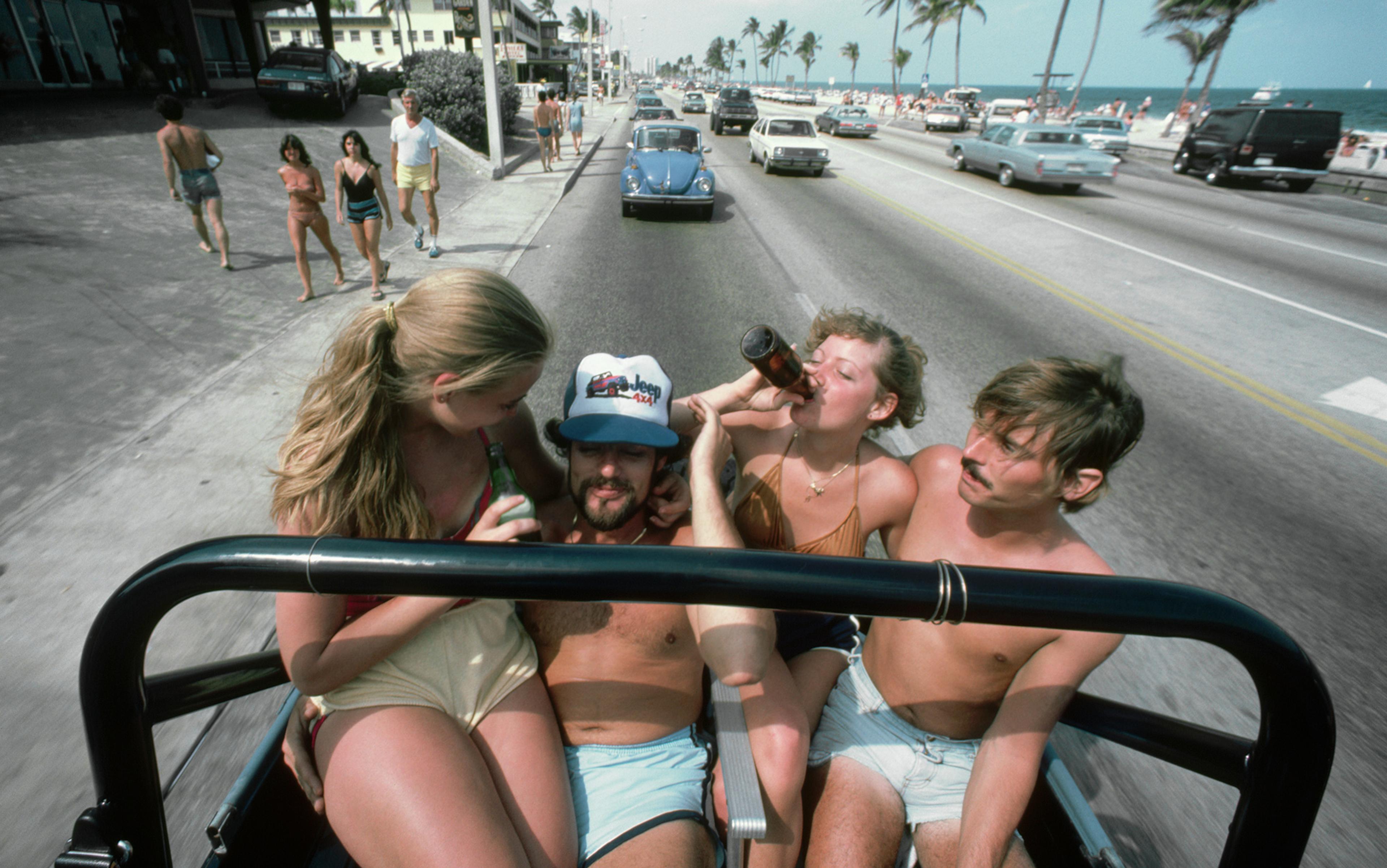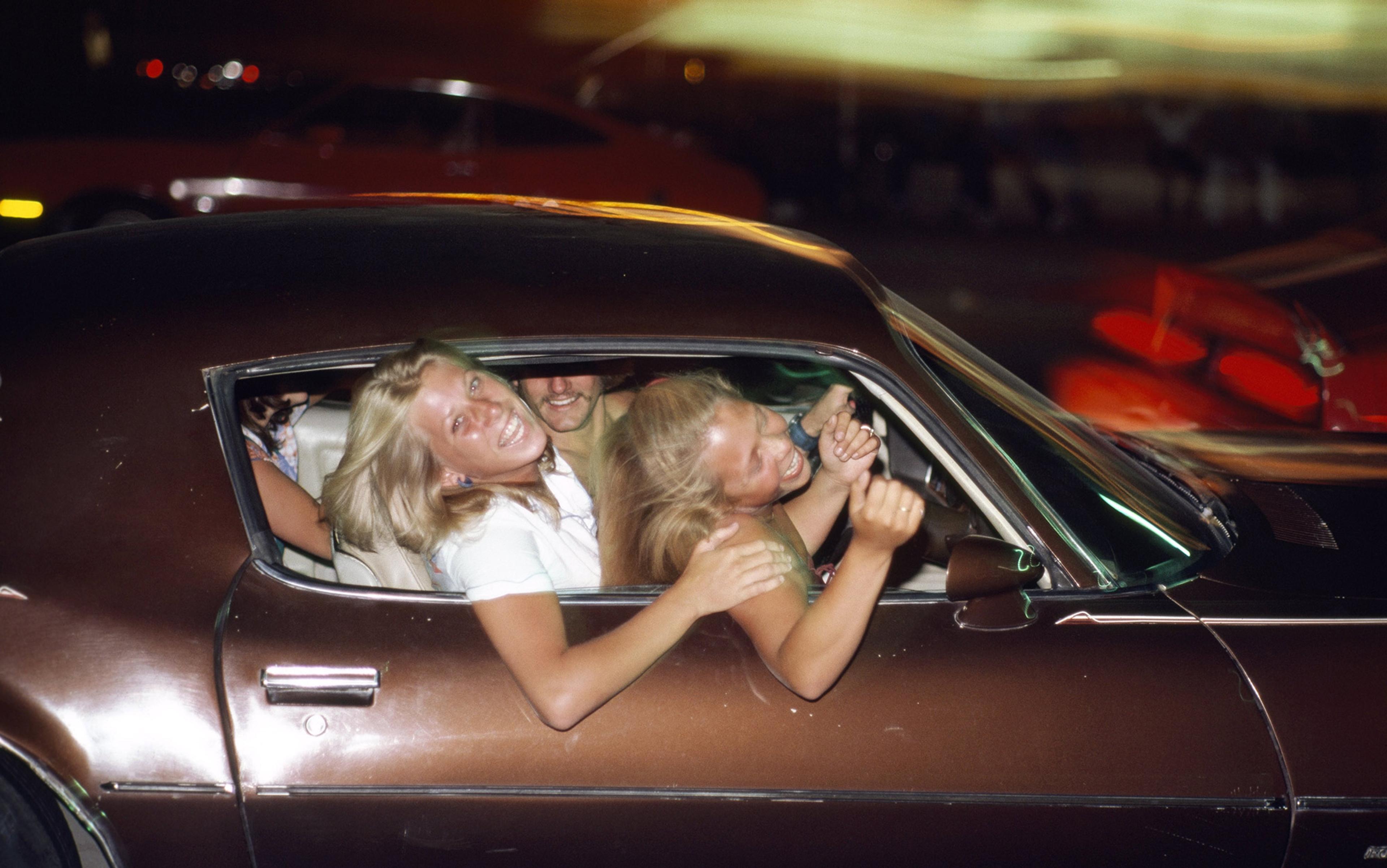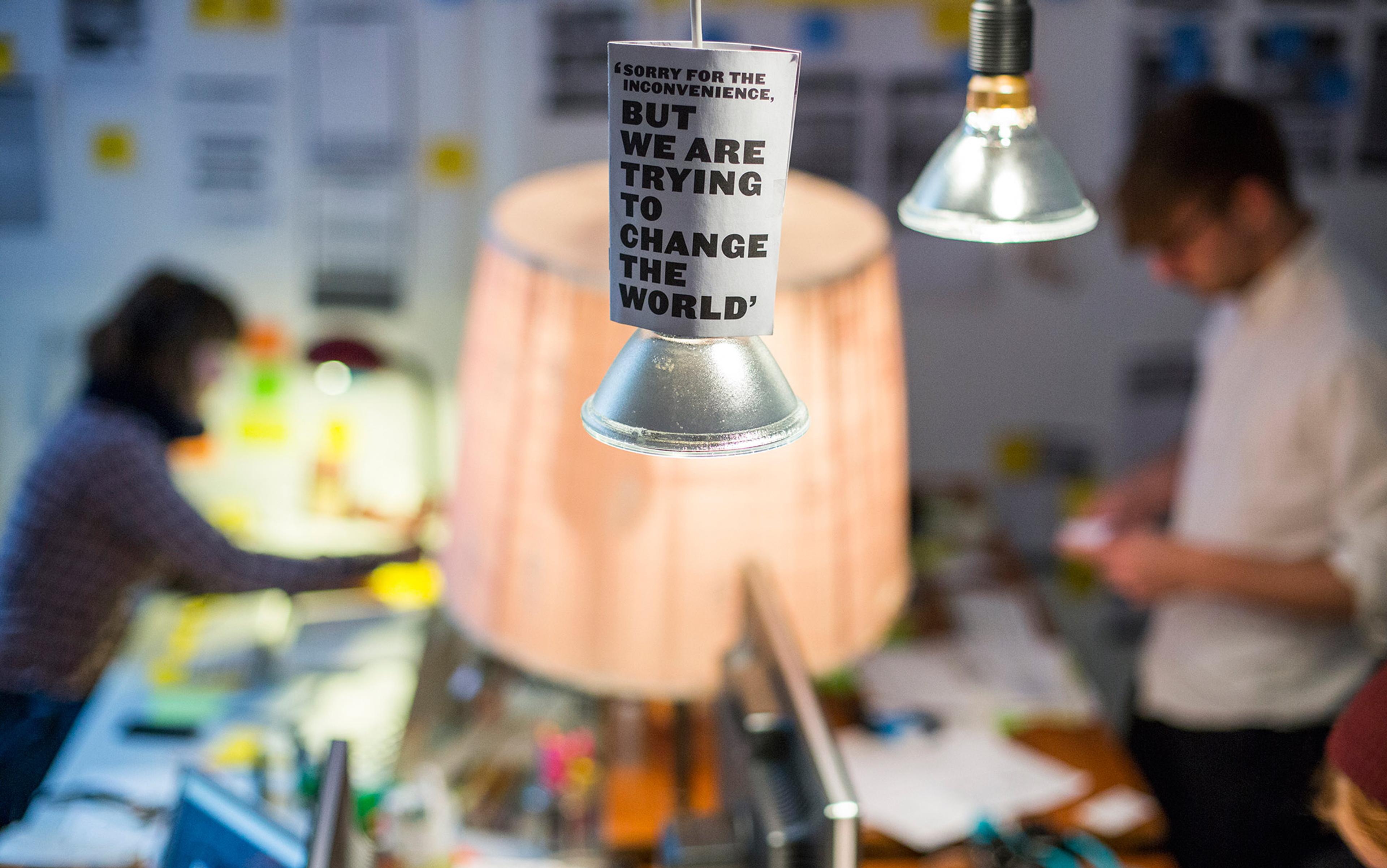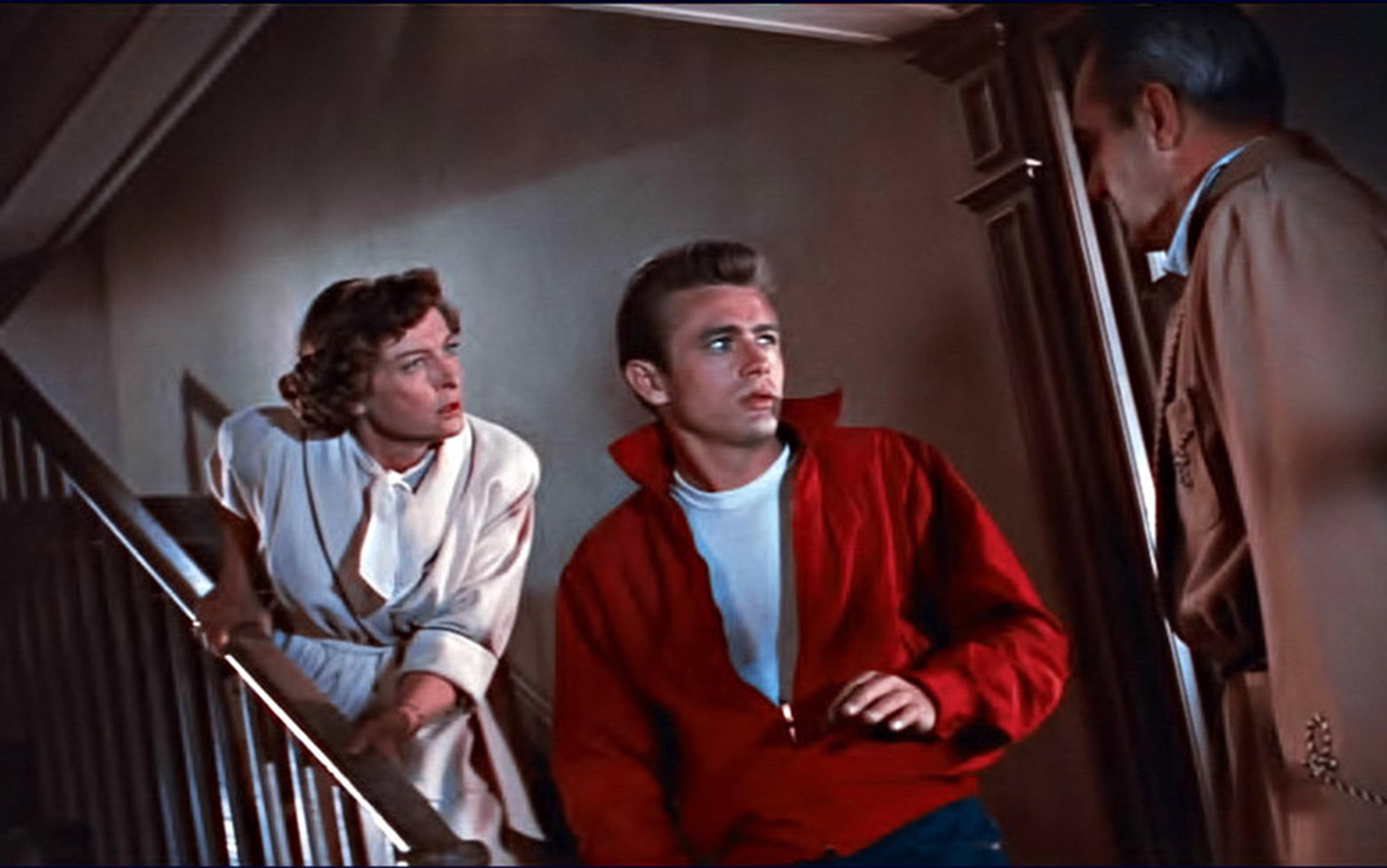Most of us are familiar with the law of unintended consequences. In the 1920s, Prohibition put a halt to the legal production and sale of alcohol in the United States only to generate a new set of social ills connected to bootlegging and wider criminal activity. More recently, mainstream news media outlets, in pursuit of ratings and advertising dollars, lavished attention on an outlandish, orange-hued candidate when he first announced his run for president in 2015, and inadvertently helped to pave his way to the White House – oops. Aiding and abetting his campaign was a communications tool – social media – originally designed to bring people together and create community, but which now seems to serve more as a vehicle of division and discord.
A different development has been seen as an unqualified boon: the mass expansion, over the past century, of public education. In place of a narrowly educated elite and the minimally schooled masses, we now have a society where the vast majority possess knowledge and skills necessary for success in various dimensions of their lives, including work, community engagement, democratic participation and more. Some might fall short of their potential, but the general impact is clear: extending greater educational opportunity to one and all has provided untold benefits for both individuals and society at large over the long haul.
The latest work from Robert Putnam, the pre-eminent scholar of social change in the modern US, illustrates the common wisdom on the matter. His book The Upswing (co-authored with the social entrepreneur Shaylyn Romney Garrett) sets the stage by describing the social strife of the Gilded Age, the final decades of the 19th century when rapid industrialisation and technological change generated social dislocation, inequality, civic discord and political corruption. In response to this troubled state of affairs, the Progressive movement sprang into being, bringing a new community spirit to society’s problems, along with a series of pragmatic solutions. One signal achievement was the establishment of the modern public high school, an innovation that began in the US West and Midwest and spread quickly throughout the country. Enrolment at the secondary level among those aged 14 to 17 leapt from about 15 per cent in 1910 to 70 per cent by 1940.
In Putnam’s account, the clearest benefit of educating Americans to a higher level was unparalleled economic growth and upward social mobility for the newly educated lower classes – positive effects that unfolded over the first half of the 20th century and made the US a more prosperous and egalitarian society. These benefits were part and parcel of a more general upswing that encompassed rising levels of social trust, community engagement, political cooperation, and a stronger societal emphasis on ‘we’ than ‘I’.
But it did not last. For reasons not entirely clear, the 1960s saw individualism resurfacing as the dominant mindset of Americans and the ethos of US society, turning the upswing into a downswing that has continued to the present day and lies at the heart of many contemporary social and political problems.
Hidden in this puzzling arc of social change is another unintended consequence. Universal secondary education not only elevated Americans by spreading relevant knowledge and skills to the masses. It also gave rise to a more complex social and cultural transformation, as the adolescent period became pivotal in shaping who we are. The fact is that high school is, and always has been, about more than just education. In the late 1950s, the sociologist James Coleman investigated student life in 10 US high schools, seeking to learn more about adolescents and their orientation towards schooling. In The Adolescent Society: The Social Life of the Teenager and Its Impact on Education (1961), he reported that it was the social, not the educational, dimension of the high-school experience that was paramount to teens. Cloistered together in the high-school setting, teenagers occupied a separate and distinct social space largely immune from adult influence. Coleman warned that:
The child of high-school age is ‘cut off’ from the rest of society, forced inward toward his own age group, made to carry out his whole social life with others his own age. With his fellows, he comes to constitute a small society, one that has most of its important interactions within itself, and maintains only a few threads of connection with the outside adult society.
The emergence of a segregated teenage realm occurred well before Coleman put his finger on the problem. In their classic study of the mid-1920s, the sociologists Robert and Helen Lynd described the high school in ‘Middletown’ (later revealed to be Muncie, Indiana) as ‘a fairly complete social cosmos in itself … [a] city within a city [where] the social life of the intermediate generation centres … taking over more and more of [their] waking life.’
Life beyond the classroom reinforced the pattern: a national survey from around the same time found that the average urban teenager spent four to six nights a week socialising with peers rather than enjoying quiet nights at home with the family. With the advent of modern high school, the day-to-day life of teenagers was transformed, their coming-of-age experiences fundamentally altered. Adolescence became a kind of social crucible where teens were afforded the time and space to interact intensively with one another and develop by their own lights.
So while there was clear educational benefit gained from the reading, writing and arithmetic taking place in high-school classrooms across the land, a wider set of changes started to emanate from this new social configuration. The most visible was the emergence of a more sharply defined youth culture rooted in shared interests and passions that flourished more freely within adolescent society. Young people flocked to the movies like no other demographic, their enthusiasm for the silver screen and its celebrity icons helping to propel Hollywood to the forefront of popular culture. They latched on to new musical styles – jazz in the 1920s, swing in the 1930s – and embraced them as their own; devoured the new literary sensation of the times, comic books; and adopted common ways of dressing and personal styling as emblems of youth fashion. Embodied in these trends was a heightened emphasis on the fun and the frivolous side of life that would slowly reset societal standards as time went on.
Other changes were more subtle but equally portentous. Sociological studies conducted between the two world wars reveal a rapid liberalisation of attitudes towards practices such as betting, smoking and divorce, with rates of disapproval among youth declining by 20 to 35 percentage points in the space of just a single decade. In this same period, young people grew increasingly tolerant of social misdemeanours such as habitually failing to keep promises, using profane language, and keeping extra change mistakenly given by a store clerk – minor incivilities by today’s standards, but harbingers of a changing social landscape where the transgression of established norms was starting to become more common and accepted.
This rapid evolution in everyday behaviour reflected a deeper transformation: the character of rising generations, their values, temperament and traits, were being reshaped by the powerful influence of peers during the formative years of adolescence. Hedonistic desires were more openly expressed, pleasurable activities more freely pursued. Conscientiousness was downplayed, social norms treated with greater scepticism and disdain. Impulsiveness and emotionality were more commonly displayed, an open, adventurous spirit widely embraced.
What these diverse adolescent qualities amounted to were the building blocks of a nascent individualism that would reshape society profoundly as they came to full fruition over the course of the next few decades. Traits conducive to self-focused and self-directed thought and action were more deeply etched in teenagers and slowly altered the character of society at large as whole groups socialised in this manner moved forward to adulthood.
The effects of peer influence, this argument implies, run deeper than is commonly imagined, affecting not just superficial features of the self during the teenage years, but the kind of person we become. Important research from the personality psychologist Judith Rich Harris, synthesised in her seminal book, The Nurture Assumption (1998), backs up this idea. Harris reviewed the body of research on the nature versus nurture debate, finding it consistently showed environmental effects outside the home loomed larger than had previously been realised. And she presented evidence that peers are among the most critical of these external influences on personality development. These scientific findings, applied to social history, help explain why the rise of universal secondary schooling was such a consequential development, as teen immersion in a society of adolescent peers became a critical facet of personal development and catalyst of social change from the early 20th century onwards.
The 1960s youth cohort swerved from ‘we’ to ‘I’ thinking: do your own thing, live and let live, anything goes
As time rolled on, further reinforcement and amplification of these effects came in the form of intergenerational abetting and encouragement. When the teenagers of the 1920s and ’30s went on to have kids of their own in subsequent decades, they brought with them an adolescent-tinged perspective that influenced their own parenting practices, inclining them to give freer rein to their teenage offspring. The traits that parents (and indeed adults more generally) favoured in children shifted decisively over the long haul from obedience and propriety to independence and imagination, with the result that the expression and retention of adolescent qualities in postwar youth was stronger still.
That the spirit of the times was a-changin’ became more obvious in the 1960s when the youth cohort of that era expressed their adolescent rambunctiousness and exuberance with particular abandon and swerved even more strongly from ‘we’ to ‘I’ thinking: do your own thing, live and let live, anything goes. To most observers, then and now, it seemed like a dramatic turn of events, but the stage had been set by more subtle developments of the previous few decades that had seen successive generations of youth imbibing an individualistic mindset and manner from one another.
From this perspective, the 1960s looks more like a tipping point than a starting point: the moment when a process long on the runway took flight and suddenly became manifest to one and all.
Since then, the process has proceeded apace. Like earlier generations, the Baby Boomers of the 1960s retained much of their youthful orientation as they entered adulthood, losing the long hair and psychedelic attire, but retaining the mindset that had taken shape in their adolescent years. Slogans and behaviours that put ‘I’ before ‘we’ were absorbed into the wider culture, earning the 1970s the moniker of the ‘Me Decade’.
New generations were thoroughly imbued, absorbing the prevailing cultural assumptions ‘like a fish accepts water’, as the psychologist Jean Twenge put it in her book on the subject, Generation Me (2006). There are, of course, interesting debates around the distinctive character of more recent youth cohorts, including Millennials and Gen Z, groups known for their concern with the environment, social justice and human rights. Yet these recent shifts are relatively modest against the backdrop of a century of transformative social change.
As youthful ways of thinking and acting have slowly infiltrated adult society, we have arrived at a point where there is a much fainter demarcation line separating adults and teens. Film and TV have picked up on the theme in shows such as Arrested Development (2003-) and movies starring Adam Sandler that depict immature adults set in their adolescent ways who are either unaware or unconcerned (perhaps both) about this state of affairs. In one episode of the TV show Modern Family (2009-20), Phil collaborates on a video with his son Luke that involves gamely taking dozens of basketballs to the head in the hopes that one will ricochet into the basket and produce an awesome clip. He grins at the camera as he reveals his motivation: ‘I’ve always said that if my son thinks of me as one of his idiot friends then I’ve succeeded as a dad.’ Yes, it’s just TV, but it’s funny because it has the ring of truth about it.
The real world is also replete with examples of adults acting like adolescents in many aspects of their lives. The phrase ‘unintended consequences’ used at the beginning of this essay usually implies negative effects, but there are notable benefits as well. As a result of the gradual absorption of adolescent qualities, we’ve slowly chipped away at many rigidities of the adult world and grown more free-spirited, open and spontaneous – sometimes even downright goofy, like the aforementioned dad from Modern Family.
These youthful character traits have served to make us more accepting and generous in many respects. Rising tolerance towards marginalised groups can be partly attributed to this emergent youthful mindset – a process normally seen as originating with the dynamic social movements of the 1960s and ’70s, but which actually can be detected much earlier in the shifting attitudes of rising generations from the early 20th century onwards. Traits connected to openness have also made us more creative compared with a century ago – contributing to the long-term rise of what the urban theorist Richard Florida has called the ‘creative class’, people who value creativity and individuality in the workplace and other areas of their lives, and thereby contribute greatly to economic innovation and prosperity. The impact of adolescence on the adult world has played a major, and underappreciated, role in generating these vitally important liberating effects that have transformed life for the better over the long haul.
But there is an undeniable downside to the story as well. Many authors have traced the pernicious rise of impulsiveness, incivility and me-first brashness across different sectors of US life – social and cultural, economic and political. At the end of the 1970s, the historian Christopher Lasch wrote about a burgeoning ‘culture of narcissism’, a concern echoed more recently by Twenge and W Keith Campbell in The Narcissism Epidemic (2010). The cultural theorist Paul Roberts focuses on the problems of instant gratification and consumerism run amok in The Impulse Society (2014), while the political scientist Alan Wolfe decries the political immaturity of the current age in The Politics of Petulance (2018). This is but a small selection of a wider literature of lament; the common thread, on my reading, is that many of these problems across different spheres of contemporary life can be linked to the excesses of youth that have been absorbed by the adult world.
The consequences connected to the more troubling aspects of our adolescent character seized public attention more fully once Donald Trump became president in 2016. If his political positions divided Americans, it was his manifest character defects that were most troubling to critics. It was no coincidence that many arrived at the same diagnosis, that Trump’s instinctive reactions were more like those of a petulant child or angry teenager than a fully evolved adult. While such labels were sometimes applied for dramatic effect, professionals willing to venture an opinion generally agreed on the profound psychosocial shortcomings manifest in Trump’s personality and behaviour.
The founding philosophy and adolescent ethos together have proven a potent combination
The real problem, of course, is that he is not an isolated case. The tendencies Trump displayed – impulsiveness, belligerence, narcissism, a cavalier disregard for social norms – have grown all too common over time in society at large. One recent example is the stubborn refusal of many to wear masks during the COVID-19 pandemic, a political act on the surface, but at a deeper level a social phenomenon that could happen only in a society where many have lost touch with what it means to act like a mature adult in times of crisis and adversity. The larger social pattern helps explain how a man displaying symptoms of the same syndrome could gain the public support necessary to win the presidency once and nearly do it again.
While the Trump debacle rightly captured the world’s attention and raised important questions about the dearth of adult qualities in US public life, the influence of adolescence on the adult world is not solely an American phenomenon. In other places where schooling through most of the teenage years has become the norm, the same process of social transformation has been initiated, reshaping societies in similar ways. Adolescent ways have seeped into adult society, upending traditional social norms and conceptions of adulthood. The effects have been broadly liberating, yet sometimes damaging, as the rise of adolescent-infused habits and assumptions has opened up avenues of behaviour that sometimes run counter to the common good.
But while the trajectory of social change is similar, there is one important difference: the US was first out of the gate as the forerunner in establishing a system of universal secondary education. The US high-school movement preceded all others, with the large majority of teens enrolled by the late 1930s, compared with a select minority – generally less than 25 per cent – in other industrialised nations. Once secondary education was put in place, the transformative impact of adolescence was set in motion significantly earlier in the US than in other places.
Because of this, the US has advanced further down the road than most. It is in many ways the most adolescent of modern societies – a characterisation suggesting a different spin on the notion of American exceptionalism, or perhaps more accurately, an additional layer. Yes, the US was different from the outset due to its foundational event, a revolution rejecting monarchy and colonial subjugation, and the explicit articulation of a freedom-focused public philosophy – life, liberty and the pursuit of happiness. But the precise meaning and implications of that phrase are ambiguous and can take a country in many different directions depending on how it is interpreted and applied. Over the past century, the words have been infused, and the society imbued, with values reflecting the instincts and sensibilities of the young. The founding philosophy and adolescent ethos together have proven a potent combination, guiding the US towards an immoderate individualism – my life, my liberty, the pursuit of my personal happiness – that contributes greatly to many current-day social and political problems.
Progressive reformers had the best of intentions when they provided secondary schooling for one and all. But that educational project helped trigger a parallel social transformation that has undermined at least some of their good work. After a century, the world of adolescents has given rise to a world of adolescence. It is important to examine social history closely, and to unpack the deep sources of current problems, if we hope to set some of this straight and make the US – and the world – a better place.
Parts of this essay are adapted from ‘Teen Spirit: How Adolescence Transformed the Adult World’ (2020) by Paul Howe, published by Cornell University Press.






